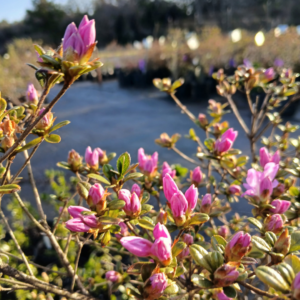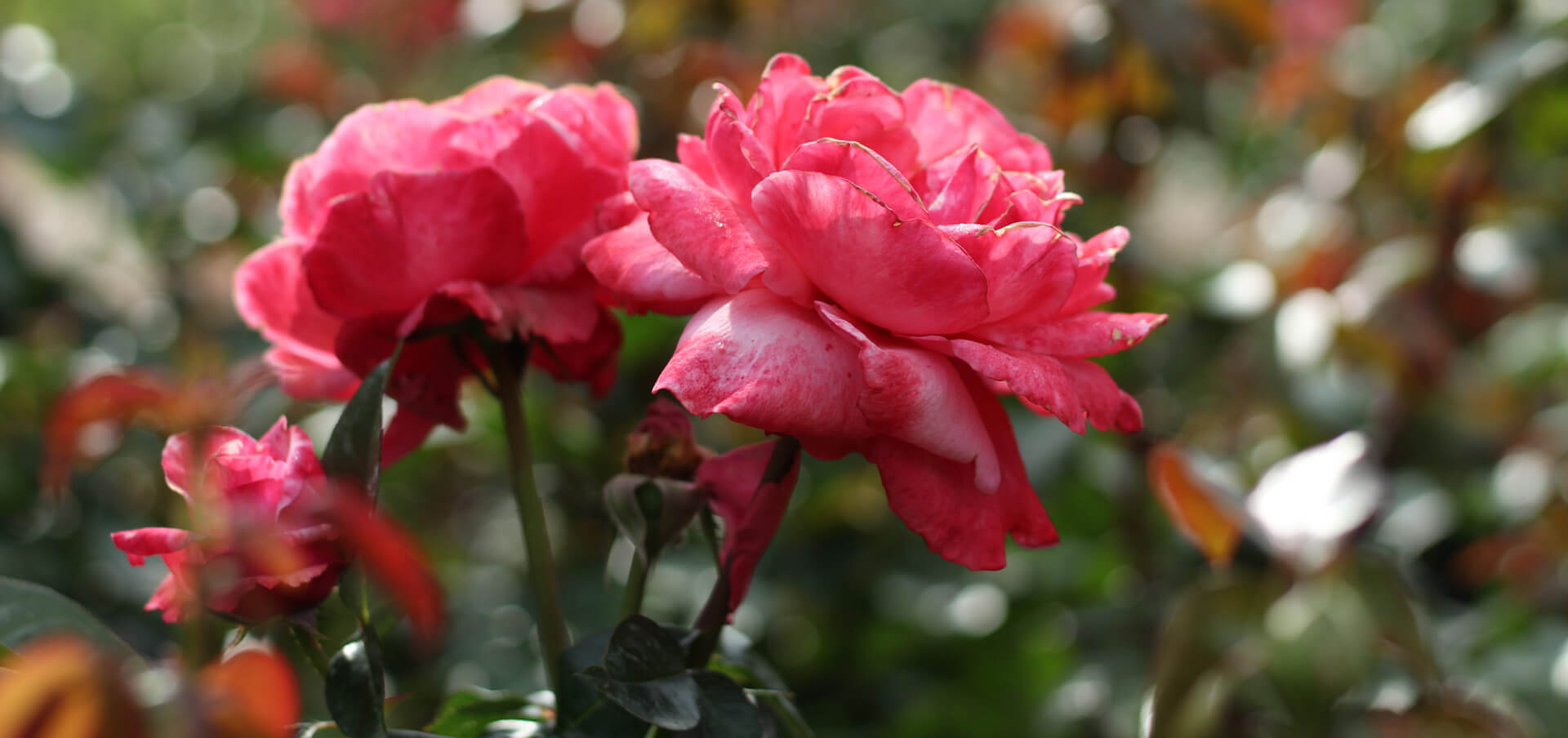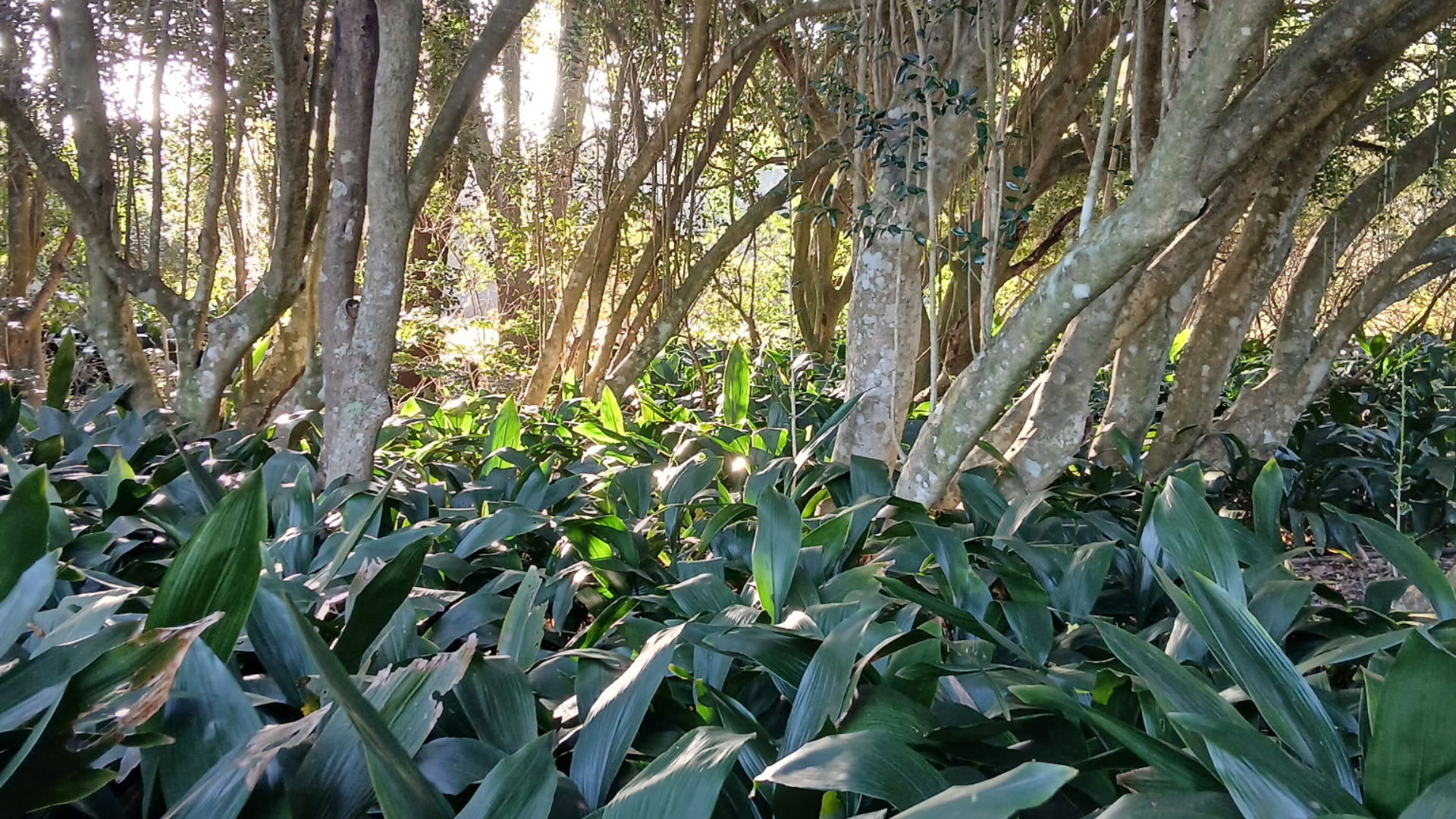Everyone here at Bellingrath Gardens and Home is excited for the Gulf Coast Chinese Lantern Festival coming in April—and I mean everyone! And while the place is buzzing in anticipation, I can’t help but think about great plants for our south Alabama gardens that originally came from Asia.
Since I was an intern at Longwood Gardens in 2006, I’ve been enamored by tales of plant explorers venturing into the botanically rich wilds across our planet. Sometimes those explorers delved into uncharted lands, blazing trails to make first contact with flora no one had ever seen. And thanks to ongoing plant exploration by all the Horticultural Indiana Jones’s in the world, thousands upon thousands of aesthetically pleasing or ethnobotanically significant species are documented and shared, saved from extinction, and otherwise put to good use—benefiting people and their gardens.
Of course, not every plant that is collected is “wild collected.” Many great plants that are ubiquitous to southern gardens were first selected and cultivated oceans away, and later imported into America. I recently had a great conversation with our Executive Director, Dr. Todd Lasseigne, who explained to me how the majority of southern garden staple plants originated as cultivated material already cherished in Asia’s ancient gardens. I’ll do my best to pass along what Todd shared with me.
In 1843, Robert Fortune was commissioned by the Royal Horticulture Society to visit the many gardens and nurseries SE China. Three years later, and likely maxing out the company credit card, Robert returned to England with a huge shopping cart of plants. Can you even imagine!? Two well known plants common to the SE United States that resulted from this epic spree are the Chinese snowball bush (Viburnum macrocephalum ‘Sterile’) and a great selection of spirea (Spriaea cantoniensis ‘Lanceata’). These two plants are very different than what would have been found in nature; and they were rooted into the soil of Chinese gardens long before they touched western soil.
In 1917-1918, as the final chapters of World War I were being written in Europe, Ernest Wilson, the assistant Director of the Arnold Arboretum, traveled to Japan, Korea, Taiwan… and then back to Japan, Korea, and Taiwan. If I was in Ernest’s shoes, I’d be going back for seconds too! In addition to being the first westerner to botanize many of east Asia’s most beautiful places, he brought back some of east Asia’s most beautiful cultivated plants… the “Wilson 50”—fifty different Kurume Azalea varieties, including the seemingly omnipresent clones ‘Coral Bells’ and ‘Hino Crimson.’
Many other plant “explorers” marveled at Asia’s advanced horticultural plant palette. Dr. Lasseigne pointed out several more plants that these Horticultural pioneers brought back across the pond in the past two centuries. I can’t imagine Bellingrath Gardens (or any other classic southern garden) without several of these iconic plants developed in Asia—can you?
· Camellias (Camellia)
· All evergreen azaleas (Rhododendron)
· Gardenias (Gardenia)
· Cast Iron Plant (Aspidistra)
· Indian Hawthorn (Rhaphiolepis hybrids)
· Japanese boxwood (Buxus microphylla var. japonica)
· Pittosporum (Pittosporum tobira)
· Most non-native evergreen hollies (Ilex spp.)
· Loquat (Eriobotrya japonica)
· Most “flowering” cherries (Prunus spp.)
· “French” hydrangeas (Hydrangea macrophylla)
· Cryptomeria (Cryptomeria japonica)
· And TONS more!!!
Plants collected from Asia, especially Japan and China, were often cultivated selections that had already been adorning gardens in Asia for generations before they made it into gardens in the southern United States. So the next time you are tending to your southern garden, turn over a leaf on your Chinese snowball bush and see if it says “made in China.” Don’t see it? That’s ok. What’s important is that Horticulture connects us with one another through time, across our many diverse cultures, and despite our geopolitical boundaries. When you join this spring and summer to experience the Gulf Coast Chinese Lantern Festival at Bellingrath Gardens, just look around… odds are, you’ll see the lanterns illuminate some of the exact same plants that the people of Asia have loved for centuries!




